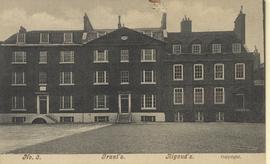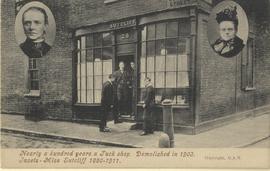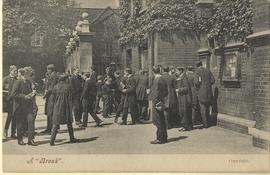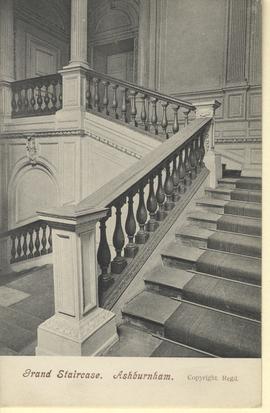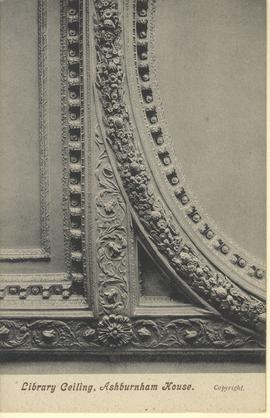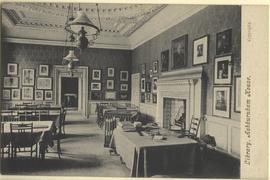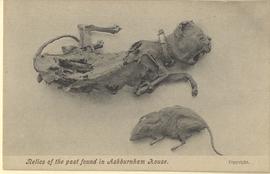- GB 2014 WS-02-POS-01-30
- Item
- c.1911
One copy annotated on reverse by R.S. Chalk, as follows:
'Back of Grant’s 1918-24
A portion of the School precincts I naturally never once set eyes on during all those years. Except for Monitors (on official duty) no member of any one of the five Houses was allowed to set foot inside another.
This no doubt Grant’s Yard (somewhat more specious than its counterpart up RR next door). The windows are protected by wire-mesh because of the ‘Yard Game’ played there, the counterpart of RR Yard Game. This was a kind of miniature football played four-or-five-a side with a rubber ball about 4 inches in diameter. A very fast game (and too rough for me personally). If the ball was ‘popped’ on an iron spike or (more likely) ‘skied’ into GG Yard next door, it meant an outlay of 6d, on another, if available. We would call, “Thank-you ball Grant’s!!” Sometimes our ball would come back, but not often. (GG balls were never skied into RR Yard!)'

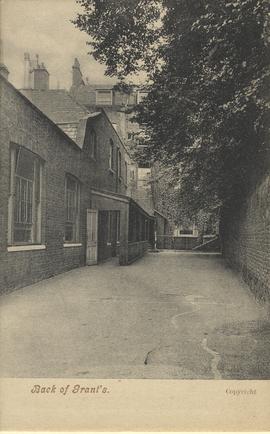
![Grant's [Untitled]](/uploads/r/westminster-school-archive/0/b/f/0bffb0cbd60783e88ef7946f3aad0612330231cb5b2e16cb67a294736841a1b9/POS_01_29_Front_142.jpg)
